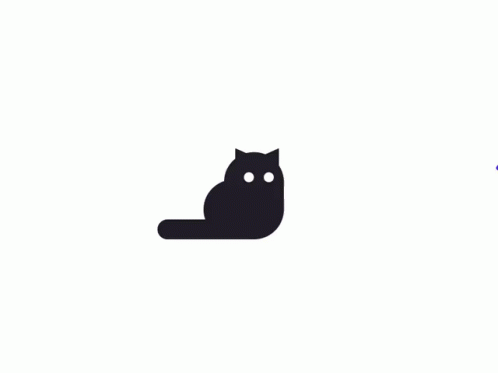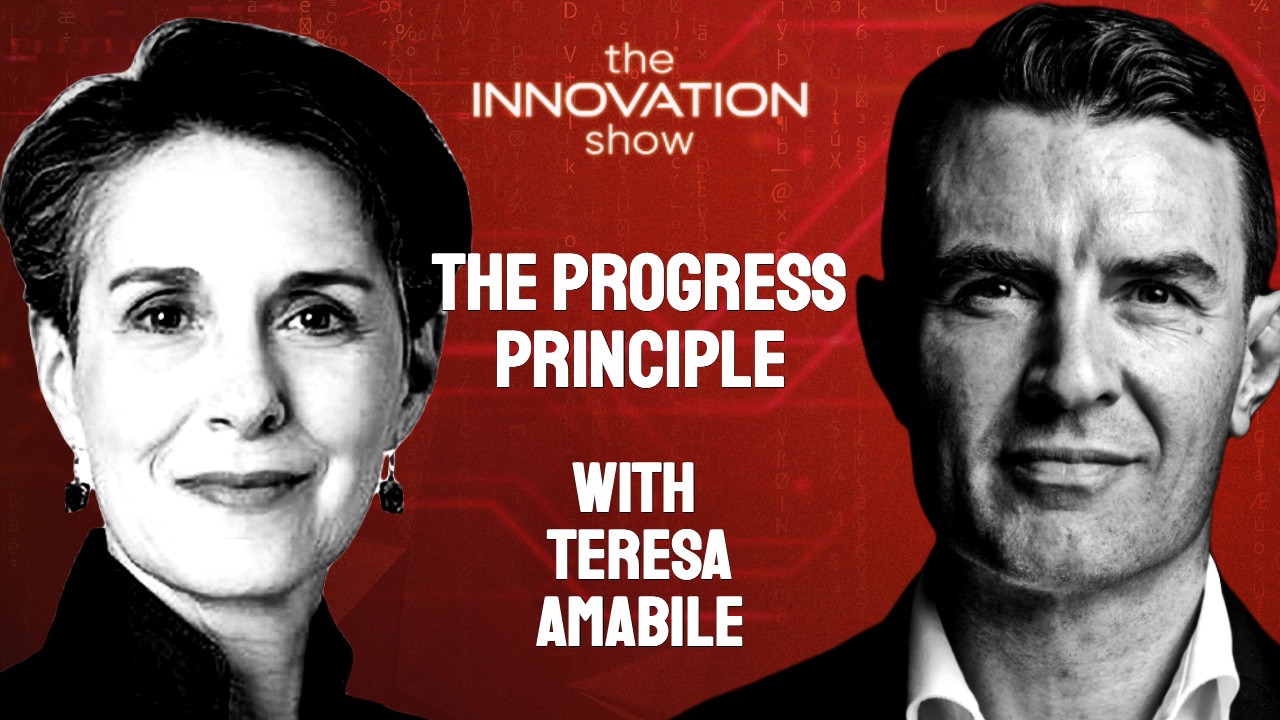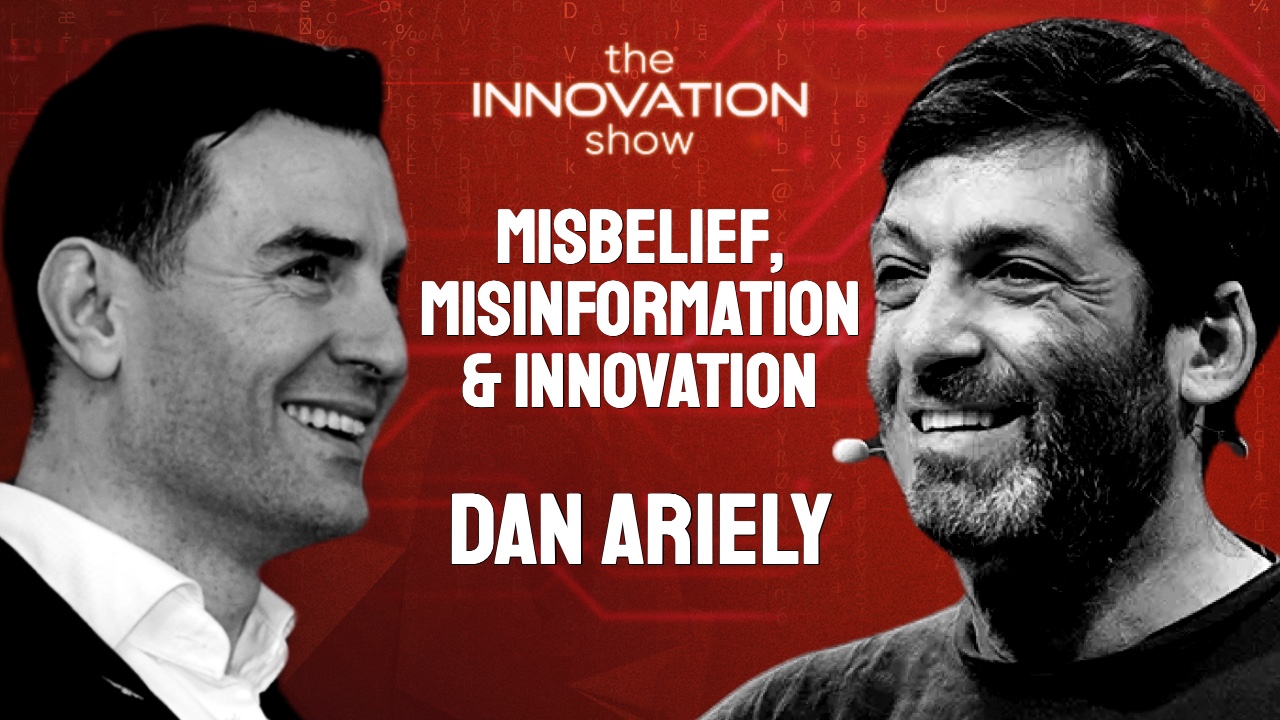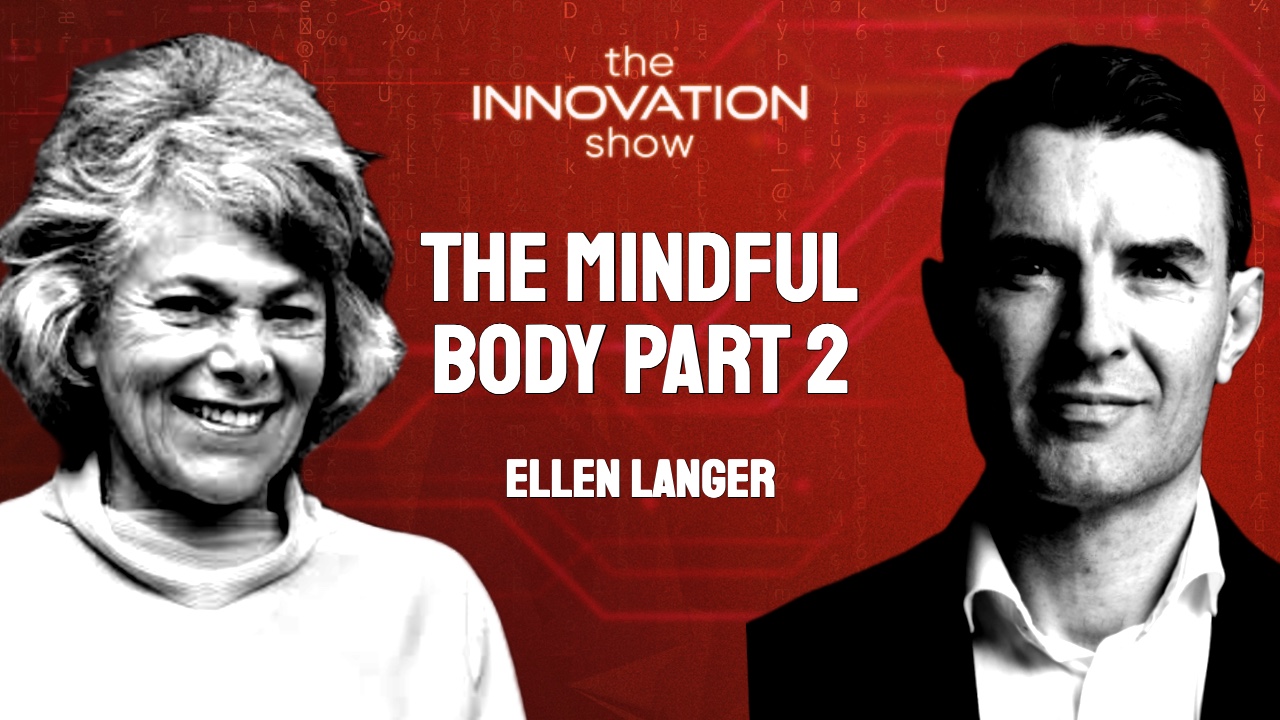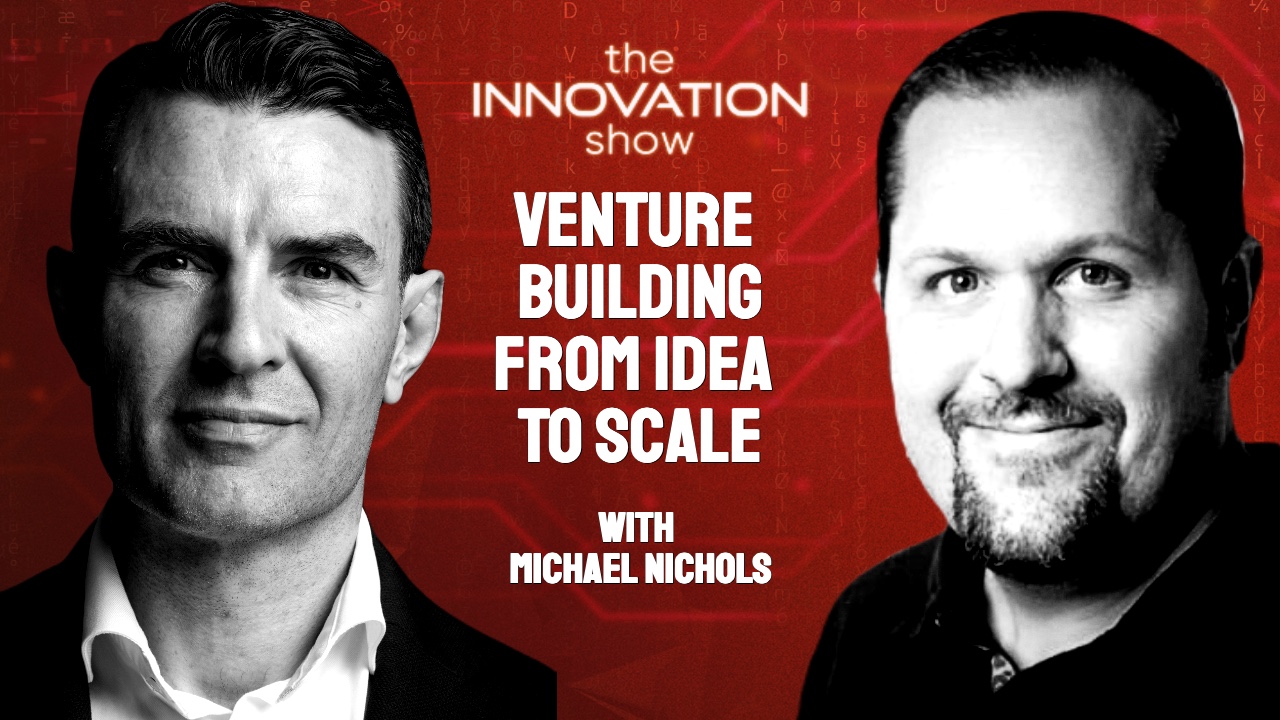“Consistent daily progress by individual employees fuels both the success of the organisation and the […]
Posted 2 years ago Tagged Aidan McCullen assumptions Bias Corporate Explorer customer discovery customer interviews Ideation incubation Innovation innovation maturity MVP problem validation qualitative research scaling Sustainability value growth Vanessa Ceia
Vanessa Ceia shares the critical shift needed for corporate explorers to succeed—moving from an inside-out to an outside-in mindset. Highlighting Corporate Explorer Field Book chapters, we discuss how customer discovery interviews can overcome inherent corporate biases.
Posted 2 years ago Tagged Aidan McCullen Career Development Creativity at Work Employee Engagement Employee Motivation Inner Work Life Innovation Management Job Satisfaction Leadership Skills Management Strategies Organizational Behavior Positive Emotions Productivity Retirement Planning Small Wins Team Building Teresa Amabile The Progress Principle Work-Life Balance Workplace Psychology
Teresa Amabile, author of ‘The Progress Principle,’ sharesher extensive research on motivation and emotions in the workplace.
Posted 2 years ago Tagged Aidan McCullen
The Cobbler’s Children: Walking The Espoused Talk Cobbler “Everyone sees what you appear to be, few […]
Posted 2 years ago Tagged Aidan McCullen
“Given such strong defences against change, fresh ideas come from those who do more than […]
Posted 2 years ago Tagged Aidan McCullen
“Epigenetics can allow environmental effects to be lifelong, or even multigenerational.” — Robert Sapolsky “The individual nature of […]
Posted 2 years ago Tagged Aidan McCullen Behavioral Economics Business Cognitive Bias Cognitive Dissonance Conspiracy Theories Dan Ariely Dunning-Kruger Effect empathy Fake News Identity and Belief Innovation Leadership Misbelief Misinformation Political Affiliation Psychology Resilience Secure Attachment Shibboleth Social Media Stress and Misbelief Transformation Trust in Society
This episode features Dan Ariely, author of ‘Misbelief, what makes rational people believe irrational things’, focusing on the psychology behind misinformation and belief in conspiracy theories.
Posted 2 years ago Tagged Aidan McCullen Business Leadership
Discover Ellen Langer’s transformative insights on mindfulness and positive psychology for boosting creativity and innovation, on the innovation show.
Posted 2 years ago Tagged Aidan McCullen
“Don’t stop playing just because you’ve grown old, or you’ll grow old because you’ve stopped […]
Posted 2 years ago Tagged Aidan McCulle Aidan McCullen Bosch Accelerator Corporate Culture Corporate Innovation Corporate Ventures customer discovery Customer Validation Entrepreneurship Innovation inside out innovation Mann + Hummel Michael Nichols Michael Nichols Corporate Explorer Strategy Technology Transformation venture building
Michael Nichols, coauthor of the Corporate Explorer Field Book and Director of Corporate Ventures for MANN + HUMMEL, shares insights on the challenges of inside-out innovation within corporations, emphasizing the importance of validating business models beyond core business practices.
